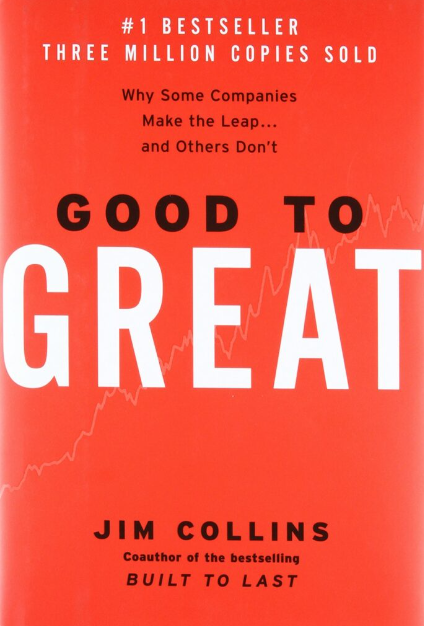There are many ways to use Docker and GenAI in app development. Docker is a popular containerization tool that lets developers package applications and their dependencies into a single unit for easy deployment across different environments. This makes it easier for developers to create, test and deploy their applications efficiently.
One way to utilize Docker in application development is by using it as part of the DevOps process.
With Docker, developers can build and test applications in an isolated environment, free from conflicts with other software on their machines. Once ready for deployment, the same image used during testing can be deployed on any production server without compatibility concerns.
Furthermore, Docker also allows for easy scalability and portability of applications. Each application is packaged into a container, allowing easy movement and scaling across different servers or cloud environments. This makes it easier for developers to manage their applications and handle increasing traffic without having to rewrite the code.
On the other hand, GenAI technologies are focused on using artificial intelligence and machine learning in application development. These tools can help developers automate various tasks such as data analysis, predictive modeling, and natural language processing. By using GenAI technologies in app development, developers can create smarter and more efficient applications that adapt to changing user needs.
One specific way to use GenAI in application development is by using it to improve user experience.
By analyzing user behavior and preferences, GenAI tools can help developers create personalized experiences for their users. This can lead to increased customer satisfaction and retention.
Another use case for GenAI in application development is for automating repetitive tasks, such as data entry or report generation. Using machine learning algorithms, developers can create applications that automatically perform these tasks, freeing up valuable time for other important development work.
The possibilities with Docker and GenAI in app development are endless.
As technology advances, developers must explore and experiment with new tools in their workflow. With rising demand for efficient, intelligent, and user-friendly applications, staying updated on the latest technologies is crucial. By using Docker for containerization and GenAI for automation and analysis, developers can create cutting-edge applications that meet modern demands.
In addition, both Docker and GenAI have vast communities of developers constantly working on improving their features and capabilities. This offers a great chance for collaboration and learning from other developers using these technologies. By joining these communities, developers can gain insights and contribute to the tools’ growth through feedback and suggestions.
In conclusion, Docker and GenAI have revolutionized application development with efficient containerization, automation, intelligent analysis, and personalization. These tools offer endless possibilities for creating innovative and high-quality applications that cater to modern demands. As technology rapidly evolves, developers must stay updated and find ways to integrate these technologies into their workflow. By doing so, they can stay ahead of the game and deliver the best possible solutions for their users.
Click here for a post on why tech execs are struggling with GenAI strategy.





